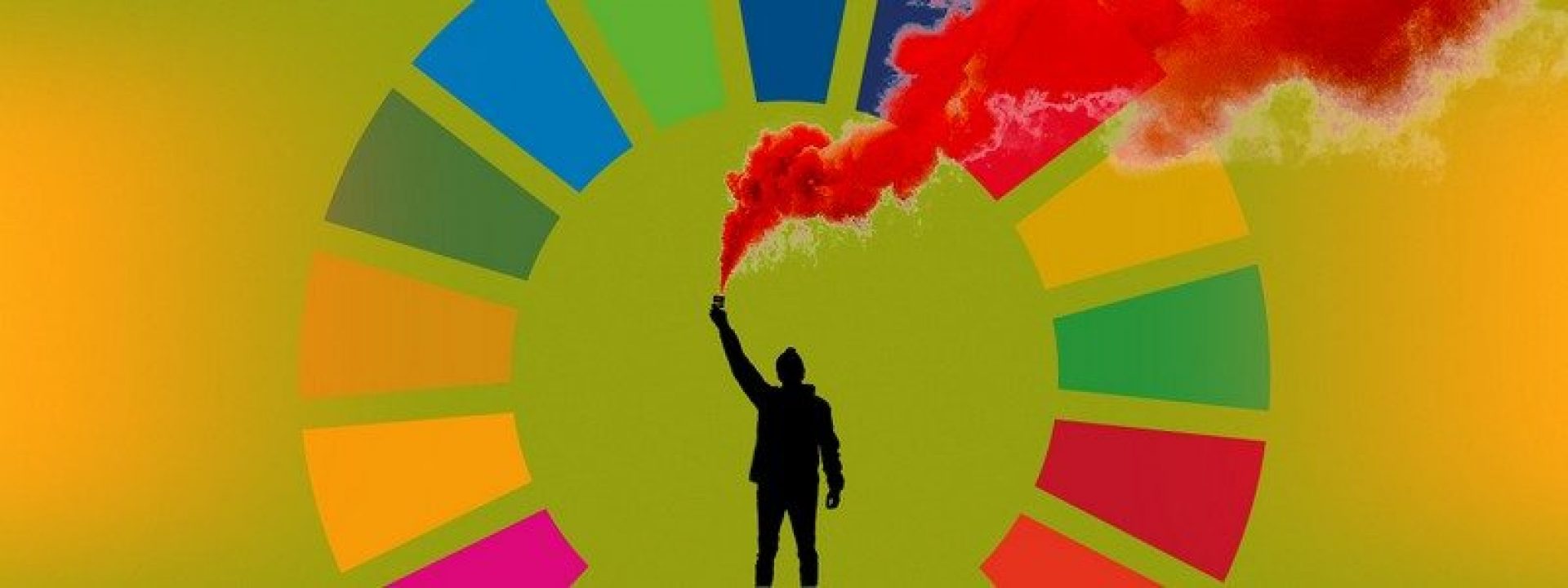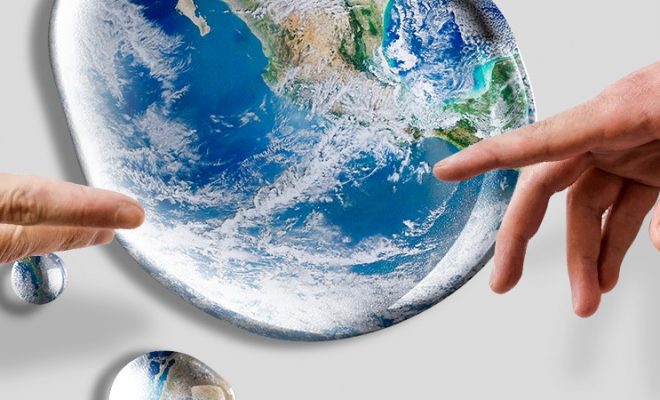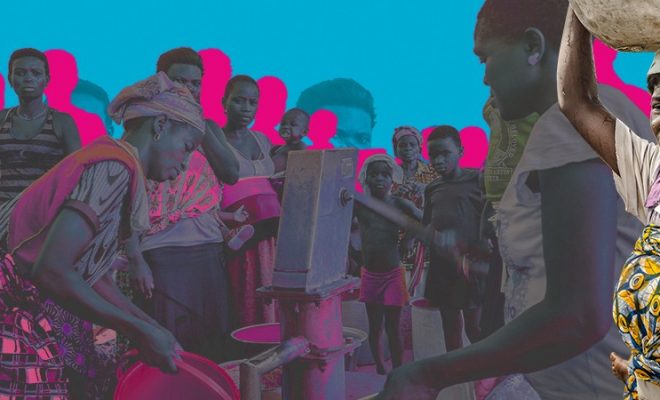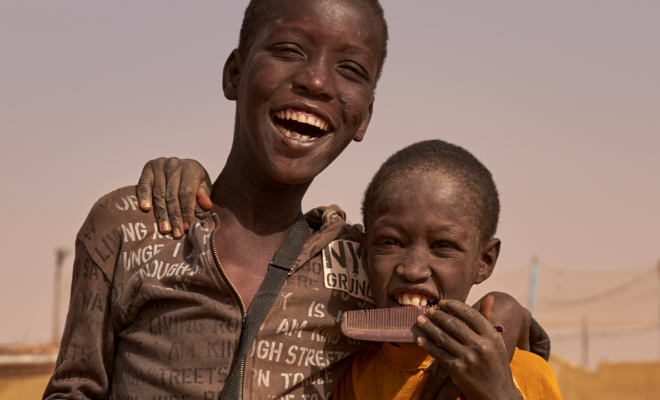
Few observers, scientists, and politicians believe the 2030 Agenda will be achieved. Although it was unanimously adopted by all 193 member states of the United Nations in 2015, the balance of their commitment to achieving the 17 SDGs and their 169 associated targets is not as expected.
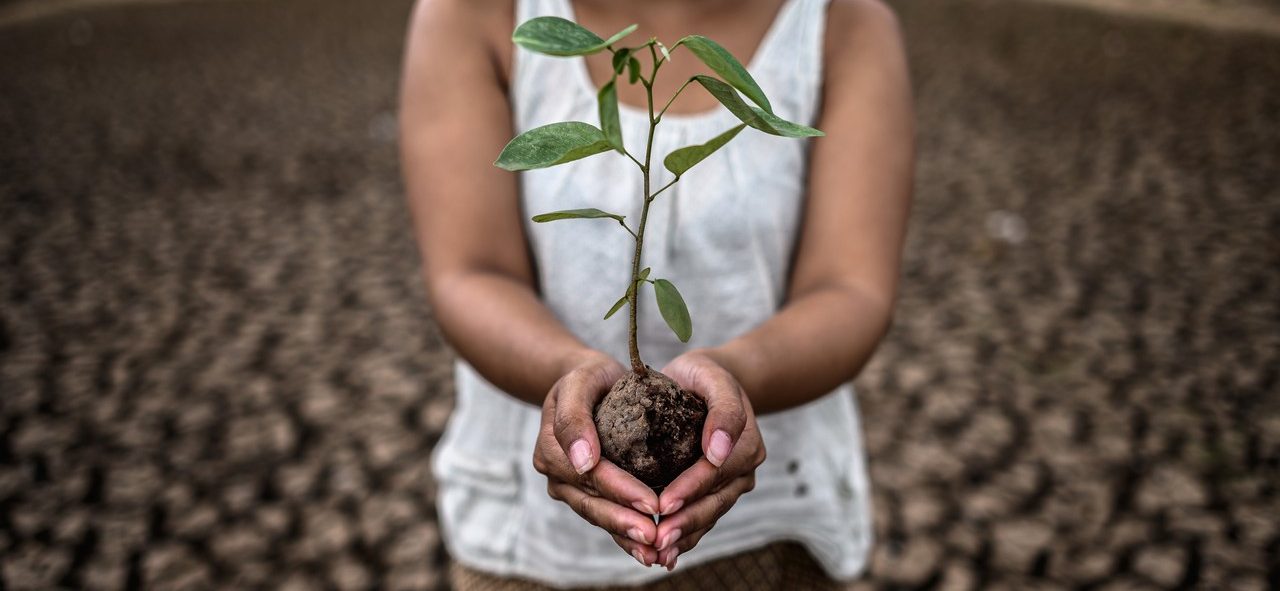
We are not progressing as we should to meet the 2030 Agenda. © Freepik
Disappointing data
At the recent mini-climate summit held in New York last September, António Guterres raised the tone of the warning for the umpteenth time: “Humanity has opened the gates of hell.” The UN Secretary-General listed the “horrendous consequences” of global warming: distressed farmers, increased diseases linked to heat waves, and unprecedented forest fires. These are not subjective assessments; the climate and environmental crisis is already a tangible reality for most of the planet’s inhabitants.
On the meeting table was the report Times of crisis, times of change. Science for accelerating transformations to sustainable development, a document expressly commissioned by Guterres to a group of scientists to assess progress towards the SDG targets. The table below graphically shows the conclusions, which the UN Secretary-General summarized with one of the most worrying appeals: “Climate action is dwarfed by the scale of the challenge.”
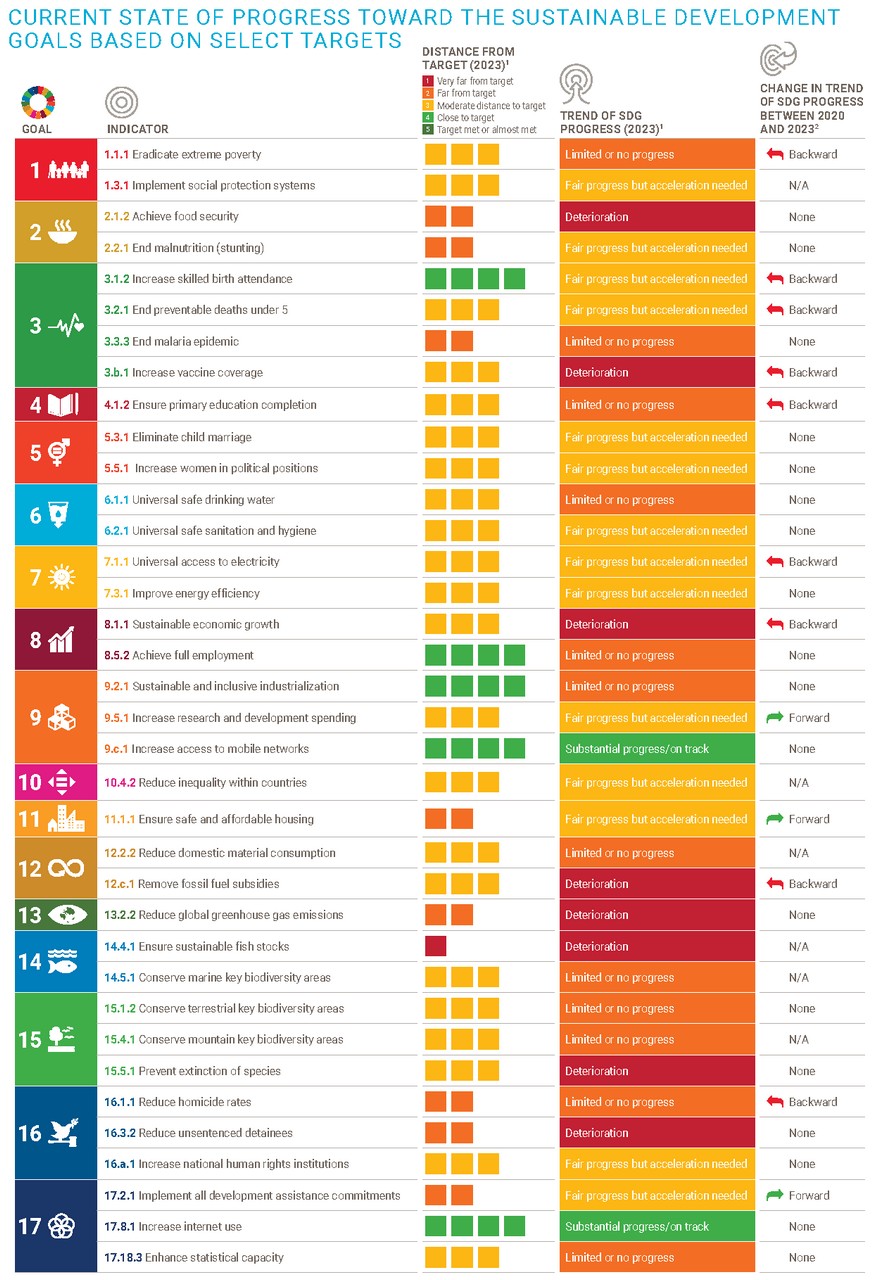
Current status of progress toward the SDGs based on selected targets. Those with positive progress are shown in green; those with moderate improvement are shown in orange; and those with deteriorating progress are shown in red. SDG 6, on water and sanitation, shows reasonable progress but is still far from a positive evolution, especially in terms of access to water. In the right-hand column, the trend compared to 2020: too many red arrows.
Compared to the last report, issued in 2019, there has been a noticeable setback in some targets, especially those related to extreme poverty and climate. According to the study’s authors, the Covid-19 pandemic, the war in Ukraine, natural disasters, and rising food prices are responsible for the relative decline.
La mejora en acceso al agua y al saneamiento se ha estancado
Progress towards SDG 6 is uneven. In terms of access to drinking water (target 6.1.1), although there has been no setback, there is a significant slowdown and stagnation.
However, if we relativize the data since the beginning of this century, there are evident improvements in all factors. According to the UNICEF/WHO Joint Monitoring (JMP), in 2000, 4.2% of the world’s population relied on surface water, a proportion that has dropped to 1.44% in 2022, a considerable improvement. Still, this means more than 115 million people have no safe water access.
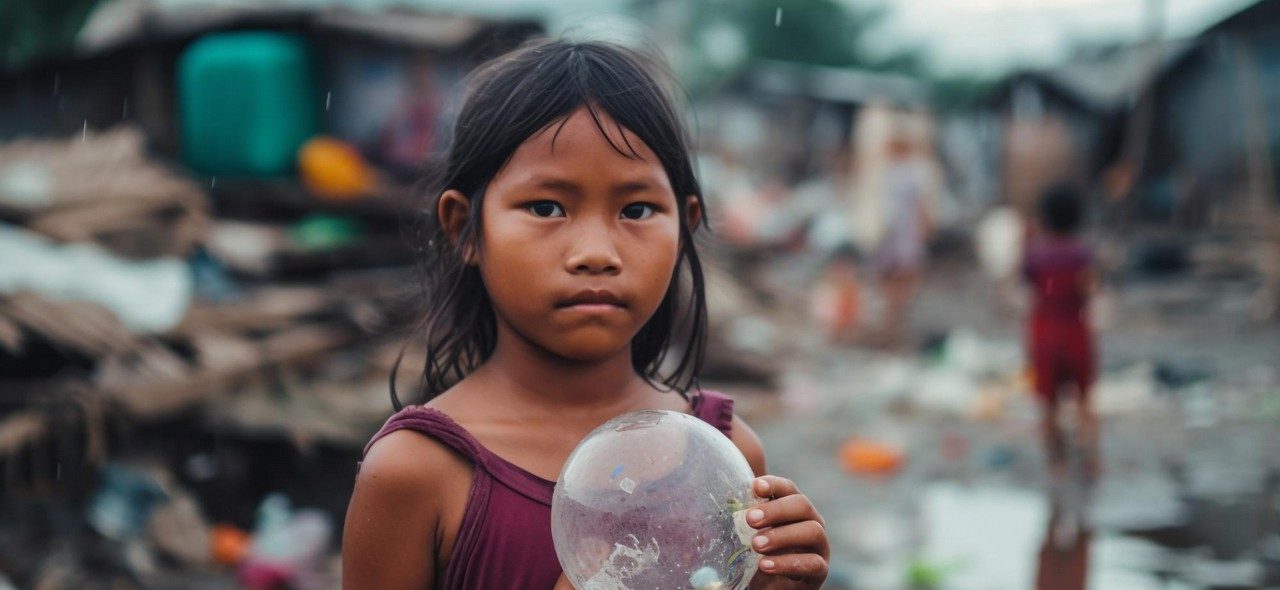
Compared to the last report, issued in 2019, there has been a noticeable setback in some targets, especially those related to extreme poverty and climate. ©Freepik
Compared to 2000, the situation also shows progress regarding unimproved access (from unprotected wells or springs, i.e., not meeting any health requirements), from 748 million in 2000 to almost 300 million in 2022. The progress is significant, but the UN report indicates it has slowed down in the last two years. Complete and safe access to water in households, enjoyed by 5,814 million people in 2022 (73% of the population), has also experienced a sharp slowdown since 2020.
Regarding sanitation and hygiene (target 6.2), the evolution is favorable. However, it is insufficient for open defecation to be eliminated by 2030 and for all women to have equal access to safe facilities. Even in 2022, 5.25% of humanity (more than 418 million) still relieves itself in bushes, watercourses, or their village streets. At the same time, those who enjoy safe services in their homes represent only 56% of the Earth’s inhabitants.
Declines in extreme poverty, hunger, and climate action
If we go back further and look at progress since the 1990s, when the UN commissioned studies on human well-being with a methodology comparable to today’s, humanity has improved significantly. Globally, there is less violence, pollution, and illiteracy, and extreme poverty (as defined by the World Bank, which, in 2021, was having less than US$2.15 a day) has fallen by 72%, and malnutrition and infant mortality have fallen by 61% and 60% respectively.
However, improvements are very uneven. Famines are not stopping and appearing in areas where they were not common, and life expectancy is declining in some parts of the world. According to the report, food security and progress against extreme poverty have worsened these last two years since a slowdown was detected in 2018. These are warning signs of what could happen if climate inaction and the ups and downs of global food trade persist.
In this sense, the report shows a disturbing deterioration in the targets related to gas emissions. In SDG 12 (responsible production and consumption), target 12.c.1, based on eliminating fossil fuel subsidies, is in evident decline in most of the countries that emit the most; consequently, target 13.2.2 of SDG 13 (climate action), which is the global reduction of greenhouse gases, continues to stagnate with alarming signs that it will not be possible to contain the temperature increase to the 1.5ºC recommended by the IPCC.
What is happening?
Another document, the annual report of the Sustainable Development Solutions Network (SDSN), also sounds the alarm bells with obvious numbers: of the 169 goals of the 2030 Agenda, only 20% are on track to be achieved; two out of three are not progressing, and one out of seven is in sharp regression.
When forecasting a future in which the SDGs could be fully achieved, we must consider that social, economic, and political complexity has increased, and the global scenario has changed radically. There is now a different climate, wars, and a different type of violence than 30 years ago, and the evidence that we are surpassing climatic and environmental points of no return leads us into an uncertainty certified by science.
In New York, Guterres pointed the finger of blame and lashed out. He warned of governments’ lack of ambition and the behavior of many large companies that publicly show themselves to favor the fight for climate but continue to act irresponsibly. The UN chief even accused them of trying to block the transition to an emission-free world by “distracting and misleading.”
Towards COP 28
The aim of the climate meeting organized by the UN was to prepare a joint approach among governments and to intensify international awareness in the run-up to COP 28, to be held in December in Dubai. Many call it the most important conference for the future of humanity, as most scientists see little chance of reversing the climate situation, which is one of the factors most likely to impact the full achievement of the SDGs negatively.
Neglect, the worst of it all
In recent years, the value and philosophy of the COPs and the 2030 Agenda have been questioned and attacked by a reactionary sector of society. Guterres states, “The greatest threat to the SDGs comes not from these attacks but from the neglect of those who supposedly defend them.”
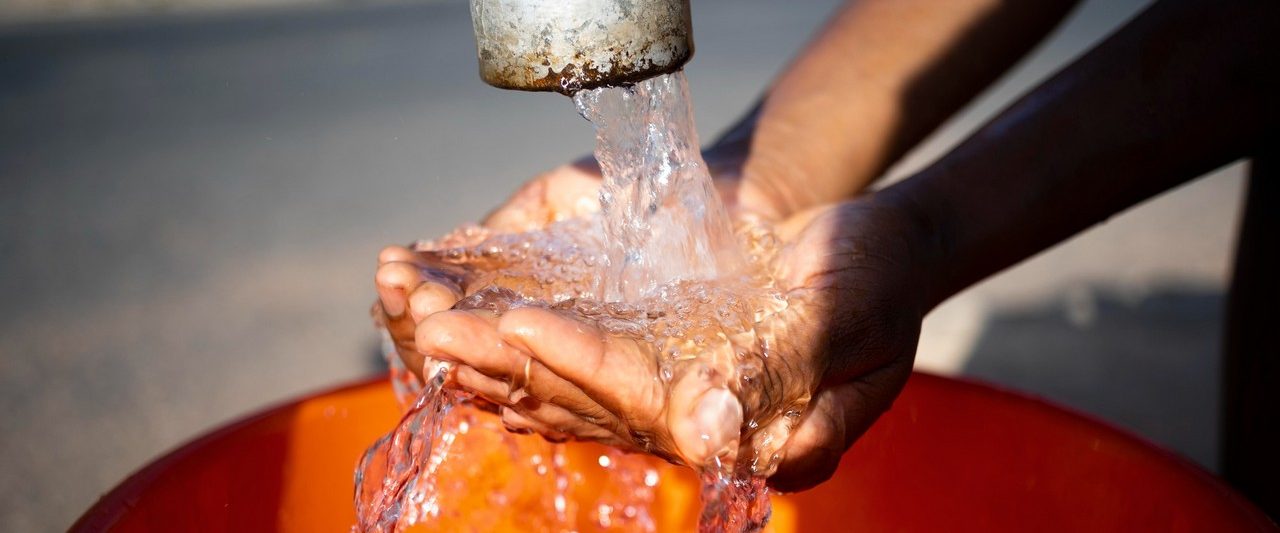
In terms of access to drinking water (target 6.1.1), although there has been no setback, there is a significant slowdown and stagnation. © Freepik
The SDGs are much more than just goals. They represent a shared world vision from the perspective of solidarity, an idea we made tangible in the coronavirus crisis and now seem to have forgotten. Hunger, poverty, climate, and environmental crises require the same vision. Is there any other alternative?


